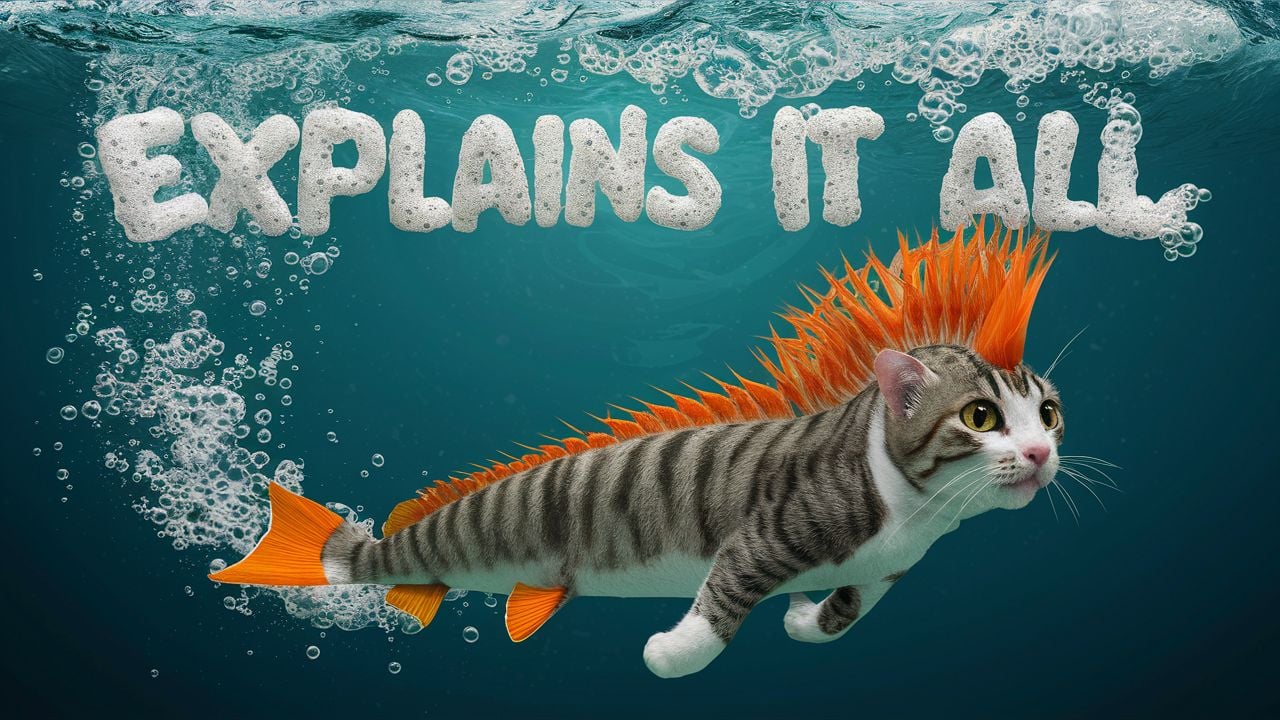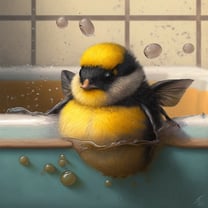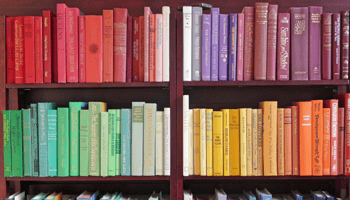I changed my mind (partially) on Peter Pan after researching for this blog. I came into it hit over...
Peter Pan a commentary on: Youth [Part 2 of Taylor Swift's Peter]

Peter Pan a commentary on: Youth
You're the new god we're worshiping
Promise to be ... dazzling
"You look like Taylor Swift
In this light
We're loving it.
You've got edge she never did
The future's bright
... Dazzling."
Clara Bow/TTPD
Traditional manhood and the expected mores that come with it are shown to make life harder, not easier. And yet boyhood – banal, unstructured fun – is not the answer either (5).
Peter, [is] "imprisoned by his inability to grow up" (2). Dr. Dan Kiley first coined this term in the early 1980s when he wrote The Peter Pan Syndrome: Men Who Have Never Grown Up (Kiley, Dan. 1983).
“[I was] frozen at the age I became famous,” said Swift, who first appeared on the Billboard charts at 16 years old [Miss Americana Documentary].
His book pinpoints and analyzes the causes and symptoms of Peter Pan Syndrome, a condition that Dr. Kiley described a psychological and emotional state caused by environmental factors that mainly stem from a male child’s parental and socio-economic environment as he grows into an adult (4). From his observational research as a psychologist, Dr. Kiley claims that boys who grow up in middle to upper-middle-class families with parents who have a strained marriage involving resentment and blame are more likely to develop Peter Pan Syndrome.
[From the infamous Scott Swift email]
Often these parents will remain in an unhealthy and disconnected relationship due to social or familial pressures and keep up appearances outside the home.
https://www.nickiswift.com/1437550/taylor-swift-parents-divorce-what-we-know/
To cope with this dysfunction, a mother will overcompensate in the domestic environment and rely on her son, particularly the eldest son, for emotional support, while a father will use his son as the go-between to avoid conflict in his marriage. This marital dynamic creates a child who feels burdened by his mother’s emotional state and in a perpetual cycle of wanting to please his father (4).

[From the infamous Scott Swift email]
The abandonment of masculine rites of passage are also contributing to the growing Peter Pan Syndrome epidemic affecting countless boys as they grow into men…(4).
Taylor was home-schooled for her final few years of high school, so never actually got to attend her own prom.
https://www.capitalfm.com/artists/taylor-swift/whit-wright-prom-date-eras-tour-tickets/
Dr. Kiley observed evidence that men who suffer from Peter Pan Syndrome do develop narcissistic traits. When a boy feels neglected emotionally, he will learn to become indifferent to cope with a history of disappointment and self-perceived inadequacy. This can cause a man to withdraw from any relationship that requires him to dig deep and practice self-awareness to protect his hidden vulnerability. He is essentially unaware that becoming more vulnerable will help him, not hinder him, but his experiences have taught him that opening himself up only invites rejection and pain (4).
Peter Pan, the eponymous character is so fearful of Victorian conventions of gender that he flees from reality and the possibility of growing old, and therefore conforming to social notions of gender normality. While Neverland protects Peter from aging and having to confine himself to a particular role, such as the breadwinning patriarch demonstrated by Mr. Darling, he is not entirely satisfied with his eternal childhood and his existence on the island, and desires aspects of reality, such as experience and knowledge. However, his fear of nineteenth-century society, primarily his fear of the Victorian concept of manhood, prevents him from pursuing these desires (9).
Lord, what will become of me
Once I've lost my novelty?
And will you still want me
When I'm nothing new?
How long will it be cute, all this cryin' in my room?
When you can't blame it on my youth
And roll your eyes with affection
And my cheeks are growing tired
From turning red and faking smiles
Are we only biding time 'til I lose your attention?
And someone else lights up the room (ah)
People love an ingénue (ah)
I know someday I'm gonna meet her, it's a fever dream
The kind of radiance you only have at 17
She'll know the way, and then she'll say she got the map from me
I'll say I'm happy for her, then I'll cry myself to sleep
Oh, whoa, oh (oh)
Oh, whoa, oh, whoa, oh (oh)
I've had (I've had) too much to drink tonight
But I wonder if they'll miss me once they drive me out
I wake up (wake up) in the middle of the night
Nothing New/Red
… A romantic plotline between Peter and Wendy that does not exist in Barrie's original text (9).... Instead, directors often exaggerate and vastly expand the Peter and Wendy plot, playing up heteronormative romance to hook the audience.
These modern adaptations often ignore the emotional attachment and dependency between Peter and Hook (9). Captain Hook is the “destructive” result of a boy who grew up without any maternal guidance; he is wildly immature, violent, and solipsistic (8). The opposition between the “hero” Peter and the villain, Hook, typically transforms the complex story into an educative morality tale where good overcomes evil (9). Barrie stresses the likability of Hook repeatedly throughout the novel to compensate for his cruel actions and to demonstrate his complexity. Contrastingly, the Walt Disney film excludes these likable qualities and instead emphasizes his villainy. Hook is hardly a one-dimensional evil villain, so this dichotomy sells his character short.
In addition, this simple reading of the play as oppositional is problematic for Peter, who is hardly the self sacrificial or loving hero usually attributed to a Christ-like character (9).
While Peter and Hook appear to be contrasting enemies, the two characters are undeniably attracted to each other. The text focuses on childhood and adulthood, or immaturity and maturity. Both Peter and Hook desperately seek to be both man and boy, and therefore can never be content in their one-dimensional roles. Peter lacks maturity while Hook lacks immaturity. Hence, their homosocial attraction is based on the desire for the youth and maturity that arises when the two partial characters combine to constitute a whole persona. By positioning the two characters as youth and maturity, two incompatible stages of life, Barrie demonstrates the impossibility of their male-male relationship; just as one cannot be both man and boy at the same time, Peter and Hook cannot be united. Only when Peter and Hook interact in a socially acceptable rivalry do the two partial beings combine to create one complete persona and fill the isolating void in each other's otherwise empty existence.
Peter Pan, then, is a text celebrating the powerful effect of a mother on a young boy, and her role in the development of a boy’s masculinity. Indeed, because they finally find a mother, each of the Lost Boys grows up and becomes a successful man (153) (8). Peter is the only of the children to stay behind and not accept Wendy’s offer; or, in other words, he wishes to remain motherless. Captain Hook, then, being the extreme result of a boy who grows old without a mother’s love, seems to signify Peter’s inevitable future, should Peter begin to grow up (8).
Peter and Hook's desire for the other can never be pursued past their masculine war with one exception–in death. Peter's transformation into "Captain Pan" following Hook's death reveals the character's dependency on the pirate's existence (9).
Try and come for my job [death of a career]
I Can Do It With a Broken Heart
Barrie's Peter is not in Neverland because he enjoys eternal childhood. Peter runs to Neverland before society is able to regulate his drives and before the process of social conditioning begins; thus he is able to avoid conforming to social standards of normality (9). But, Peter's existence on the island is far from enjoyable, nevertheless he chooses to live in Neverland out of the fear of conforming to society's rigid conventions (9).
Sources:
1] https://disney.fandom.com/wiki/Lost_Boys
2] https://muse.jhu.edu/article/758591
3] https://www.researchgate.net/publication/231904832_Peter_Pan_and_the_White_Imperial_Imaginary
5] https://aahabershaw.com/2016/02/22/boyhood-manhood-and-peter-pan/
6] http://komunikata.id/index.php/komunikata/article/view/236
7] https://animatedmeta.wordpress.com/2014/12/06/peter-pan-and-gender-roles/
8] https://honors.libraries.psu.edu/files/final_submissions/4462
9] https://macsphere.mcmaster.ca/bitstream/11375/9569/1/fulltext.pdf
10] https://www.123helpme.com/essay/Gender-Roles-in-Peter-Pan-by-J-273202
11] https://disney.fandom.com/wiki/Lost_Boys
13] https://en.wikipedia.org/wiki/Stereotypes_of_Indigenous_peoples_of_Canada_and_the_United_States
15] https://apnews.com/article/super-bowl-native-american-mascot-chiefs-41397b038e03c01865d42a3f77766c98



